KeithSDR Transceiver [Part 5]: Audio and final assembly
Previuos posts:
- KeithSDR Transceiver [Part 1]: Building the software
- KeithSDR Transceiver [Part 2]: Testing the display
- KeithSDR Transceiver [Part 3]: Main board, power and encoders
- KeithSDR Transceiver [Part 4]: The RF Receiver
Summary#
In this post, I will cover the audio path of the KEITHSDR build and show the final assembly of all components inside the enclosure. After confirming the reception path, it’s time to ensure the audio signals are properly routed and amplified, then finalize the hardware setup and reception test.
Audio#
The I/Q audio signal from the QRP Labs receiver module is connected to the Line-In input on the KEITHSDR main PCB. This signal carries the baseband I/Q data that the software processes to decode the received RF signals.
The output of the Audio Hat (the audio processing board) is connected to the Phone_IN socket. This, in turn, routes the audio through a transformer, which provides isolation to reduce noise and interference in the audio path.

The isolated audio signal from Phone_OUT feeds into a small audio amplifier board. This amplifier is powered directly from the 5V supply line on the main board and drives two 5-ohm speakers mounted in the enclosure.
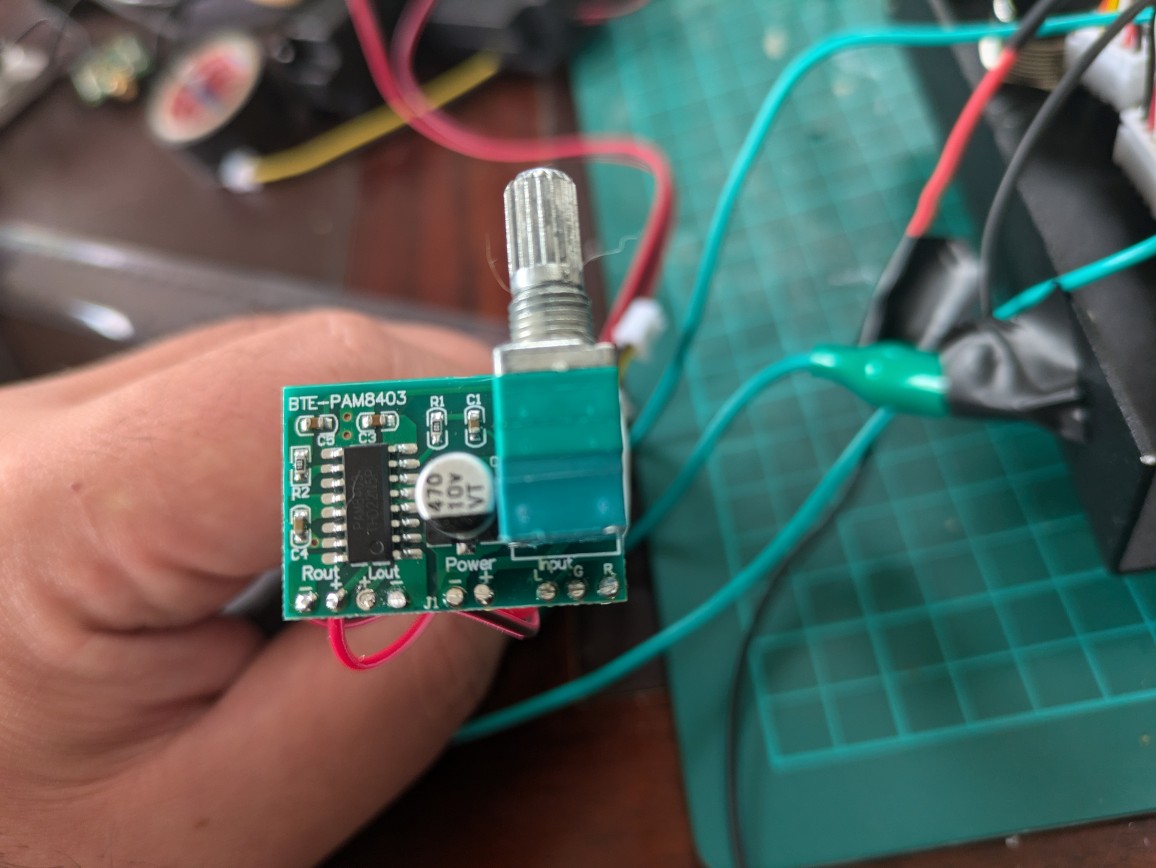
A headphone jack is also included in the design, but it is not connected yet. I plan to add it in the future once I find a jack with an integrated switch that automatically disables the speakers when headphones are plugged in. This will allow seamless switching between speaker and headphone output without needing to manually unplug anything.
Assembly#
Below are pictures showing the final assembly process and how the components fit together inside the enclosure.
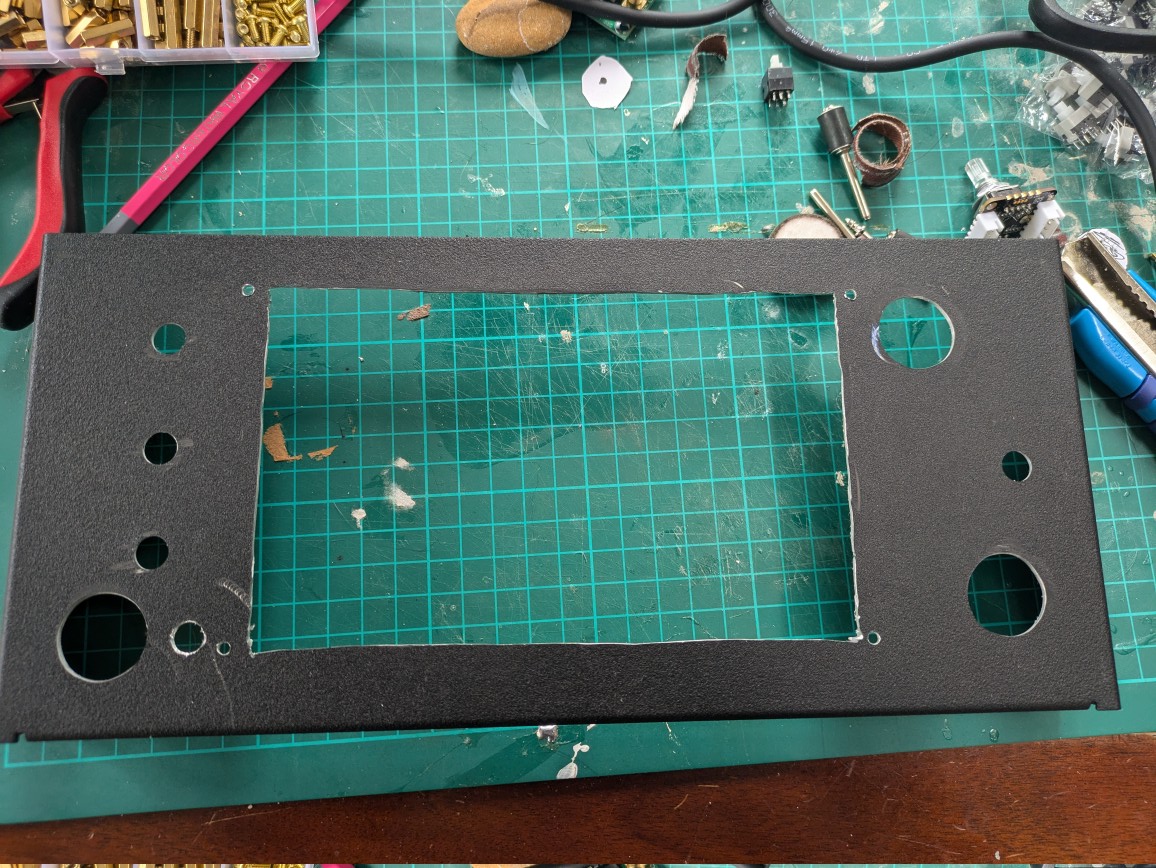
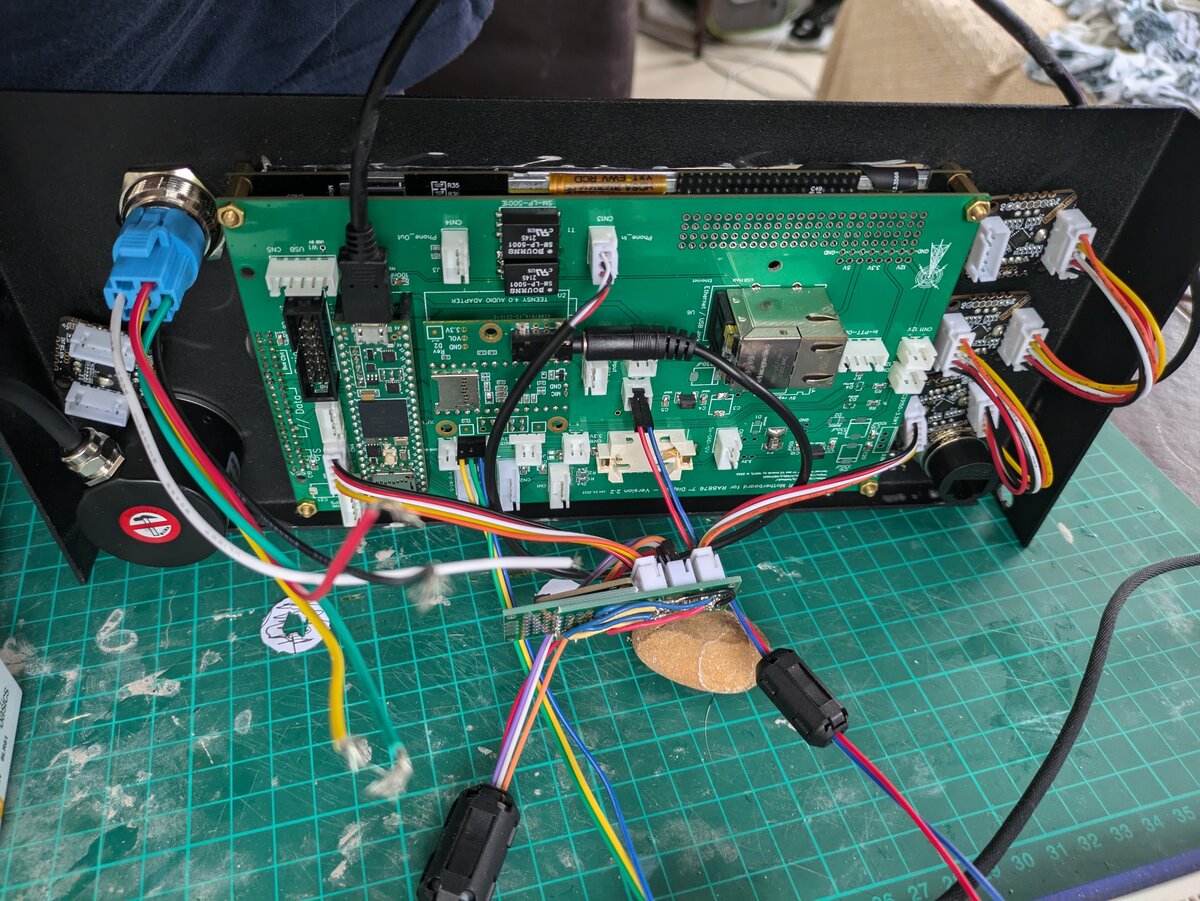

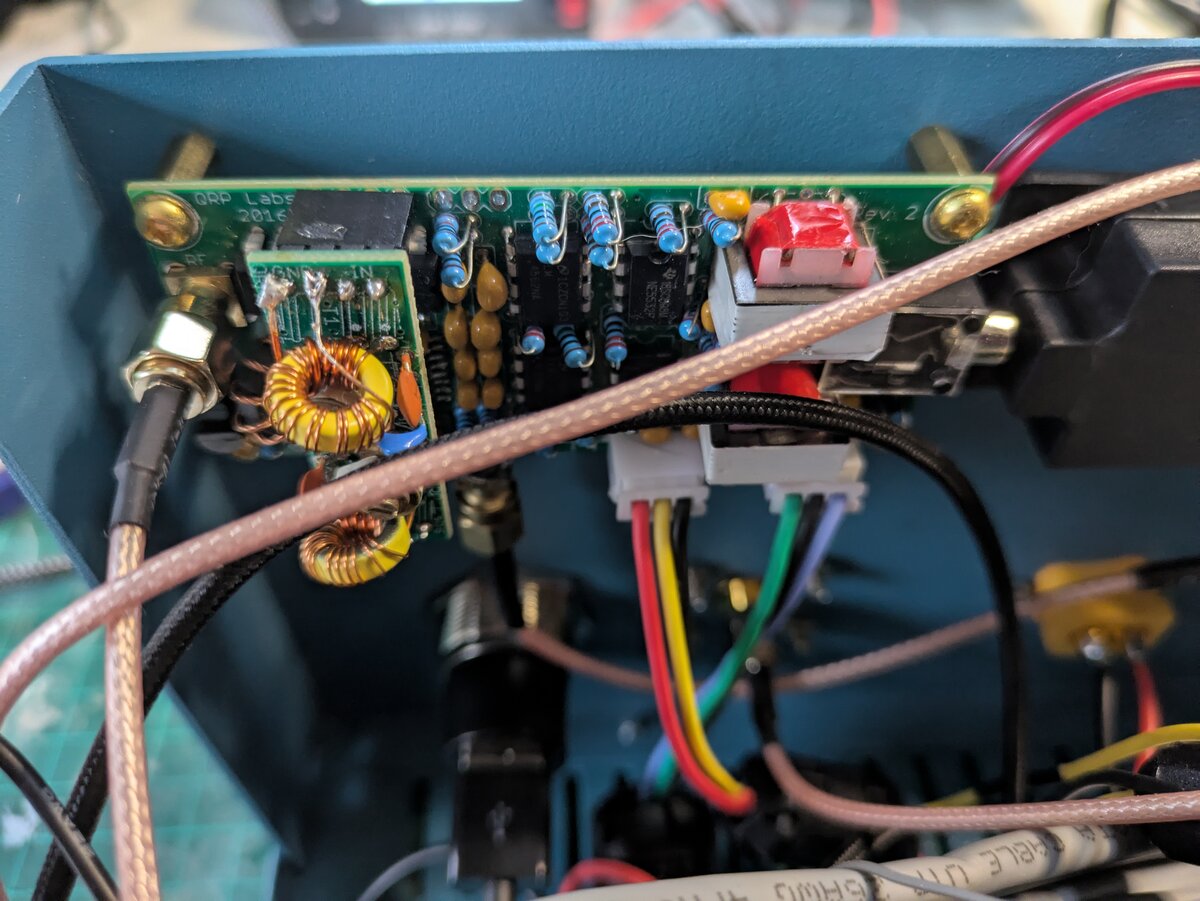
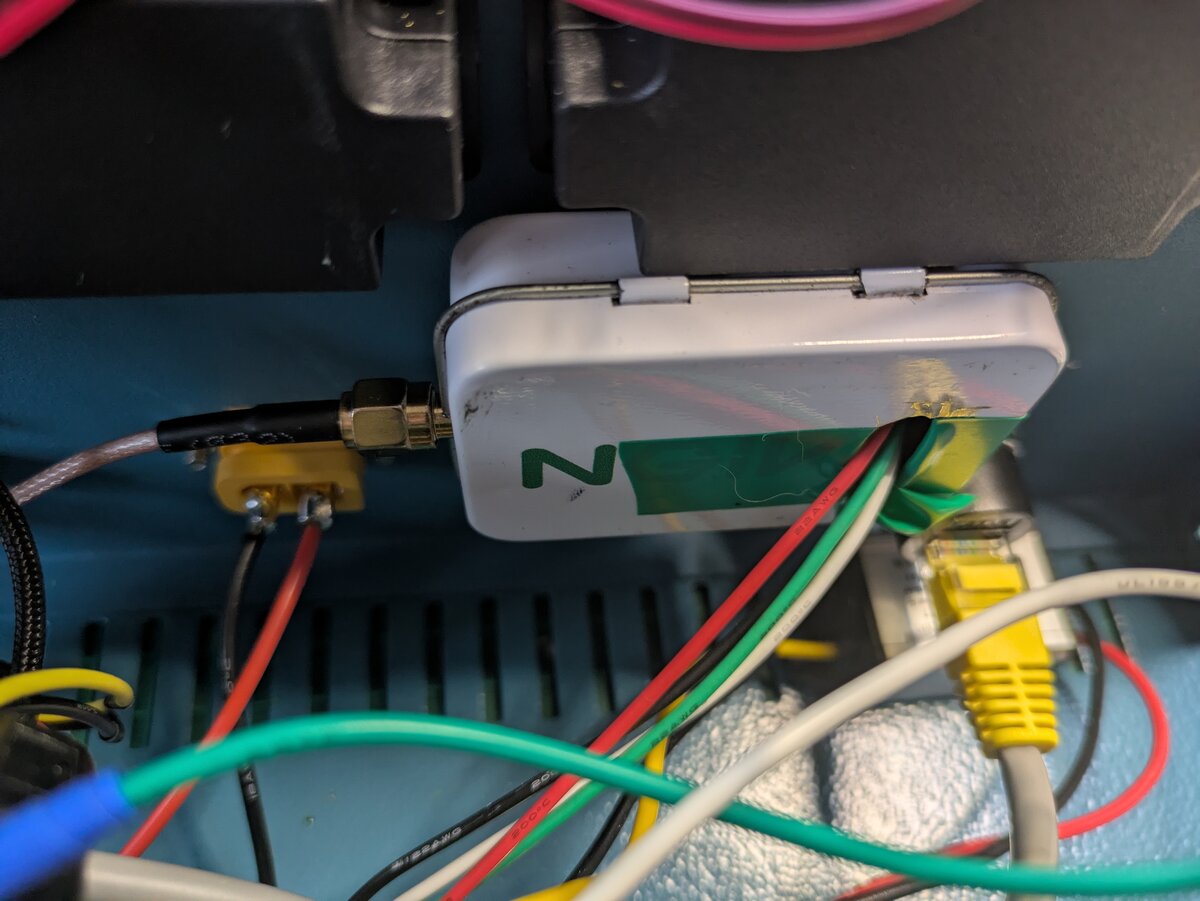
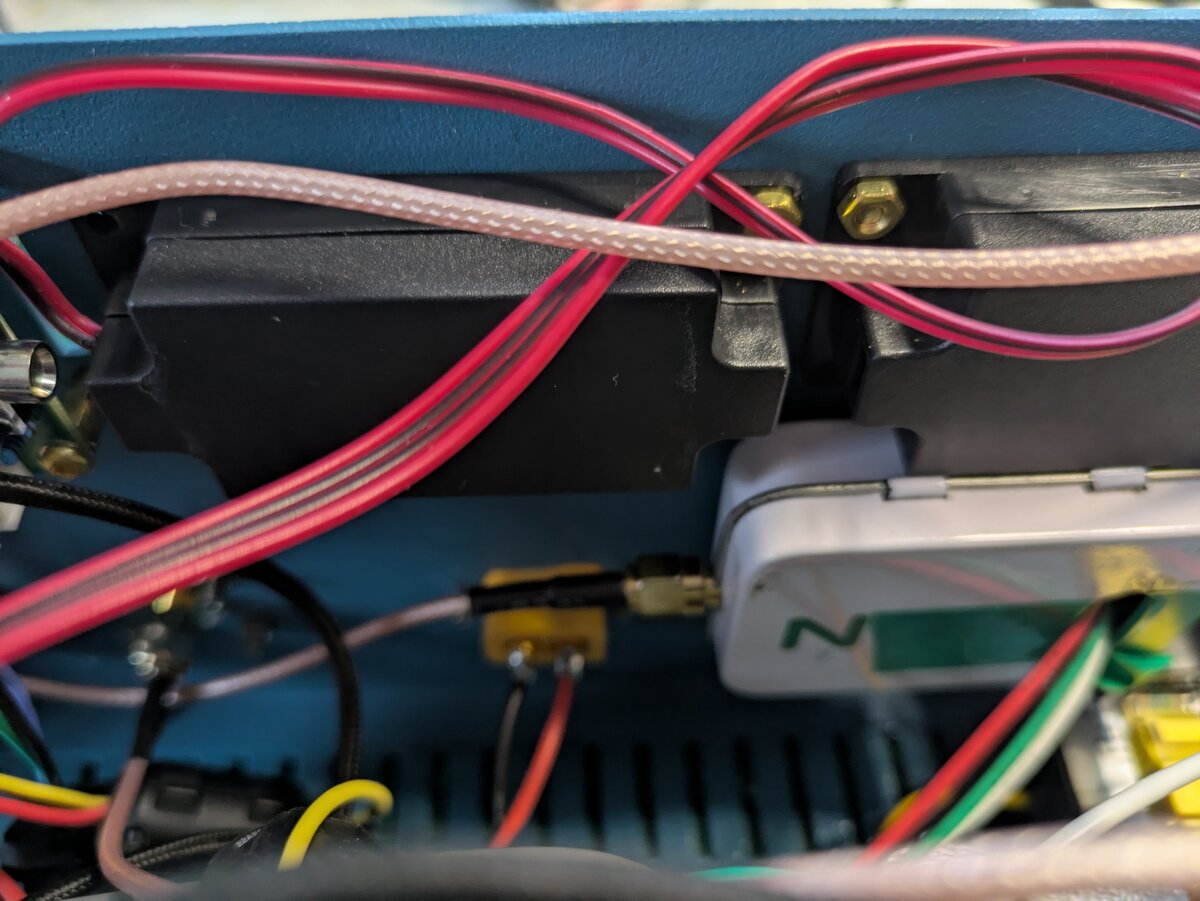
Reception Test#
Here is a quick video demonstrating the receiver in operation, showcasing the audio quality and reception capabilities.
Final Notes#
With the reception path complete, audio working, and all components neatly assembled, I consider my KEITHSDR build functionally finished — at least for now.
Looking ahead, I would like to extend this setup. One possibility is integrating the SV1AFN filter bank (HF Preselector modules), which would make the build truly multi-band and suitable for covering the entire HF range. At some point, I would also like to explore adding the transmitter section.
However, given that the KEITHSDR project hasn’t seen much development activity in recent years, I’ve decided to shift my focus to a more active platform: the T41 SDR transceiver (t41sdrtransceiver.wordpress.com). It’s a promising and modern design with an active development community, and I’m excited to start experimenting with it.
Thanks for following along with this series! I hope it’s helpful to others working on similar SDR projects.